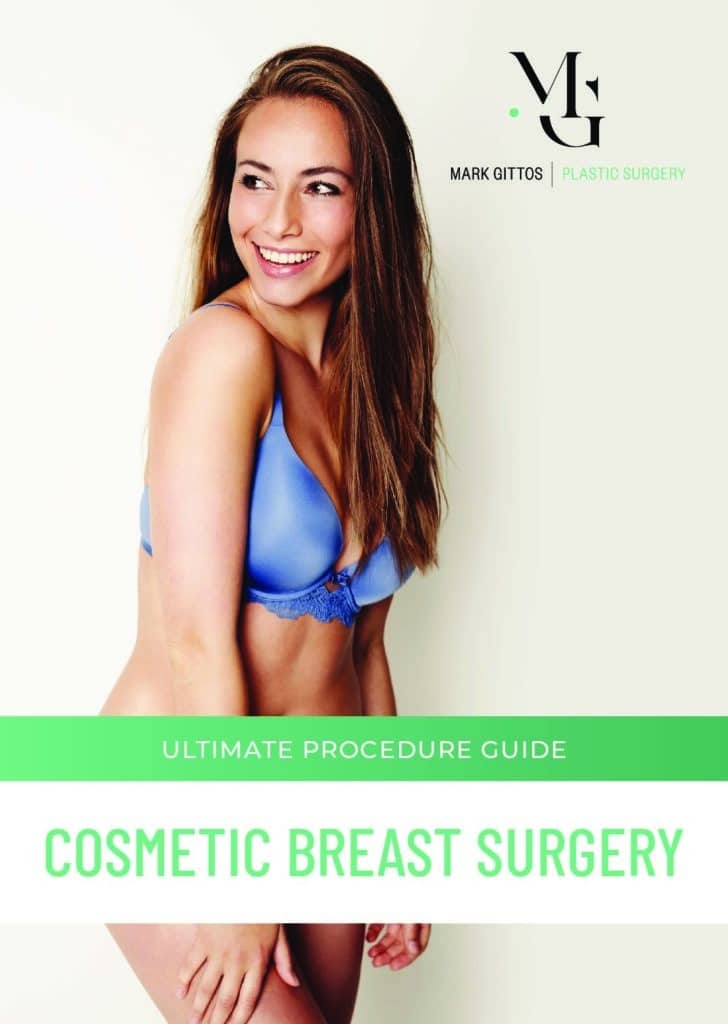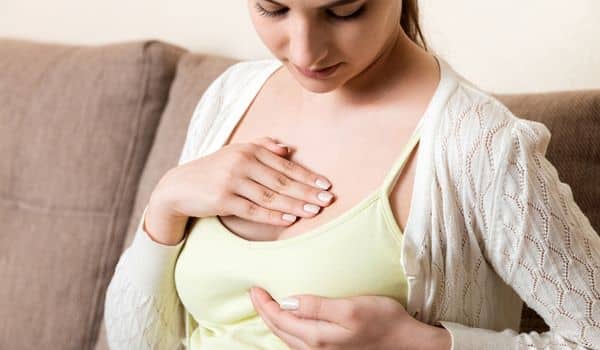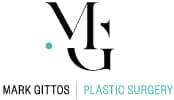Tips to Reduce Swelling and Bruising after Breast Reduction Surgery
Are you considering Breast Reduction Surgery and want to know more about recovery and bruising after breast reduction? According to global studies, more than 70% of women are unhappy about the appearance of their breasts, and many consider breast cosmetic surgery a logical solution. However, it is important to know that there are certain after-effects with any surgical interventions, including swelling and bruising after breast reduction surgery.
Bigger Breasts doesn’t always mean better. The weight of large and heavy breasts can cause pain in the back, neck, and shoulders. There may appear to be an imbalance between them and the rest of your body. It is for this reason that many women choose to undergo breast reduction surgery. Your breasts will look smaller, symmetrical, more youthful, and more comfortable after a breast reduction. You should know what you can expect before and after any cosmetic procedure. Breast reduction surgery typically results in bruising and swelling during the recovery process.
Dr Mark Gittos is a breast surgery expert and Plastic Surgeon in New Zealand who has helped thousands of patients achieve their aesthetic goals.
Download Dr Mark Gittos’ Guide to Cosmetic Breast Surgery

What is Breast Reduction Surgery?
Breast reduction surgery is a procedure commonly performed on women with overly large breasts suffering from conditions such as back, neck and shoulder pain, abnormal body posture, difficulties in finding suitable clothing that can accommodate large breasts, chaffing and skin issues under the breasts, difficulties in performing casual tasks due to the excessive size of the breasts.
Many women choose breast reduction surgery to get relief from the health and emotional discomfort associated with heavy breasts. However, another aspect worth mentioning is the aesthetic role that breast reduction surgery can have. Once the breast size is reduced, your breasts will look more proportional to the rest of the body, making an active life easier.
What to Expect During Breast Reduction Surgery Recovery?
Post-operative clothing, such as a bra, binder, or bandages, will cover your chest. You will feel some soreness and discomfort in the early days after your breast reduction surgery, which is also when bruising and swelling are most severe. You will have your sutures and drains (if any were needed) removed, and the surgical site will be cleansed, at the post-op check-up with Dr Gittos. You’ll see that most of the discomfort, bruising, and swelling have greatly subsided by this point. In fact, after 7 to 10 days after surgery, many women can resume light office work and feel comfortable enough to drive.
Over the course of the weeks following your breast reduction mammoplasty, the discomfort, bruising, and swelling will gradually subside. Before getting back to your regular schedule, please check with Dr Gittos. However, keep in mind that you must wait at least three weeks before engaging in any physically intense work or activities. In fact, these activities are typically discouraged until the entire recovery phase is complete.
Before you can resume your complete normal living schedule, including gym workouts, swimming, running, and other activities, it can take at least six to eight weeks. Because you won’t feel as constrained by your breasts, you’ll experience a greater lightness in your chest area as well as a reduction in overall body weight which will make things easier.
What Causes Bruising and Swelling After Breast Reduction Surgery?
Your breast tissue will be significantly manipulated during a breast reduction mammoplasty. Your body will naturally swell and bruise following a breast reduction as a protective measure against any kind of tissue injury.
Around your chest, bruising appears as a patch of discoloured skin. It is brought on by broken blood vessels beneath the skin that are unavoidably hurt during your breast reduction surgery. Your skin will get a dark purple or black colour where blood will gather.
Oedema, another name for swelling, is the build-up of fluid inside your blood vessels. Similar to that, it was brought on by the “trauma” you went through throughout the procedure. Damaged cells in the area of injury emit substances that increase blood vessels’ permeability. The fluid accumulated contains white blood cells, and other chemicals that help kick start the healing process.
Some patients may also experience a collection of internal fluid (Seroma) or blood (Hematoma) as a minor complication of surgery.
How Long does Bruising and Swelling Last After Surgery?
The amount of Bruising and Swelling varies for each patient. Your natural healing ability, the length of the treatment, how well you adhere to the guidelines for what you can and cannot do, healthy eating, wearing your post-op clothes, and other factors will all affect how long it takes for your bruising and swelling to go down.
Approximately three days after your breast reduction surgery, bruising and swelling peak. The majority of your swelling will start to go down after about a week. Over the next six weeks, the bulk of your swelling that is still there will continue to diminish. Two to four months following the date of your original breast surgery, any remaining oedema should be gone.
After having your breasts reduced, you may get instant relief from your neck, back, and shoulder problems; nevertheless, it’s crucial to be patient and realise that it may take some time before your new breasts totally settle.

Best Tips to Reduce Swelling and Bruisings after Breast Reduction Surgery
Breast reduction is a popular operation that relieves the physical and emotional pain that comes with having huge, heavy breasts. Swelling and bruising are to be expected after surgery. They shouldn’t prevent you from enjoying the freedom you now have to dress however you choose or from engaging in physical activities you had previously avoided. Here are some suggestions for managing oedema and bruises following breast mammoplasty:
1. Wear the Post-op Surgical Bra as long as possible
Dr Gittos will advise you to wear a compression bra for at least a month after your treatment, both during the day and night. Your delicate breasts will be supported by compression clothing, which can help speed up your recovery. Your post-op bruising is kept to a minimum thanks to the pressure from your supportive bra. Even if you feel wonderful, wearing a garment serves as a reminder that you are still in the healing process and should take care.
2. Adequate Rest and Gentle Movement
Take advantage of getting lots of rest after your breast augmentation. Even though staying in bed might be appealing, gentle movement and strolls are excellent as soon as two days after your breast reduction treatment. Moving about increases blood flow and minimises swelling after surgery. Additionally, it lessens the chance of getting blood clots (DVT can be a serious complication after surgery).
It should be noted that during the first few weeks, you should completely avoid any activity that requires reaching above your head or lifting anything heavy. After your operation, you might ask Dr Gittos for some safe exercise recommendations. We do advise delaying your gym membership, and if necessary, we may provide a medical letter.
3. Carefully Apply Ice Packs on your Breasts
Your blood arteries may tighten when dealing with cold, reducing blood flow and fluid leakage. This will not only lessen your swelling but also prevent further bruises from spreading. Apply wrapped cold compresses to the surgical site for the first three days after your breast reduction surgery, such as wrapped ice packs or bags of frozen peas. To avoid an ice burn do not apply anything directly to your incisions and be sure to wrap them in a towel. Cold compresses can be applied several times per day for 15 minutes at a time with a 20-minute break in between.
4. Sleep and Rest in the Correct Position
The recuperation phase following any cosmetic operation must include sleep. Surgery for breast reduction is not an exception. The quality of your sleep goes beyond the number of hours you get each night. You should also sleep in a certain position. The ideal sleeping position following breast surgery is on your back with your upper body at a 30 to 45 degree tilt. This prevents any strain from pulling on your surgical incisions and enables your breasts to rest in a relaxed position. Additionally, by allowing your blood to flow away from your healing breasts, you’ll have less discomfort, bruising, and swelling.
5. Adopt a Healthy Diet
A healthy diet is crucial to your body’s ability to recover from breast reduction surgery. It enhances immunity and breast tissue healing while assisting in the management of postoperative oedema and bruising. Ensure that your diet contains foods high in protein, fibre, iron, and vitamins (Vitamins K and C), as well as complex carbs (bananas, veggies, and whole grains).
Even though it could be tempting, stay away from salty foods. Salt makes your blood vessels hold fluid, making your bruises and swelling worse.
6. Drink More Water and Hydrate
Although it may seem paradoxical to drink a lot of water when you have oedema, doing so can actually help you feel less swollen. Your body will feel it is unneeded to retain fluid in its tissues the more you drink. A sufficient fluid intake promotes blood flow and makes it easier for nutrient-rich blood to reach the location of your injury for a quicker recovery. We advise you to drink 2 L of water per day and to stay away from any supplements like caffeinated drinks and diuretics that can affect your water balance.
7. Things to Avoid
Avoid Drinking Alcohol, Avoid Smoking, Vaping and Recreational Drug use. Avoid going back to the Gym for the first 6 weeks.
Further Reading about Breast Surgery with Dr Gittos
- Breast Lift with Implants Surgery NZ
- Breast Implant Removal with a Lift Surgery NZ
- Breast Implant Replacement Surgery NZ
Medical References about Bruising after Breast Reduction Surgery
About Dr Mark Gittos FRACS (Plast) – New Zealand Plastic Surgeon
Practice locations in Herne Bay Auckland, Northland and Bay of Plenty – Kerikeri, Whangarei, New Plymouth & Tauranga
Dr Mark Gittos is a leading Specialist Plastic Surgeon and operates a practice in Herne Bay, Auckland and in the UK. The practice focuses on both surgical and non-surgical procedures, each designed to help restore, improve or change a physical characteristic or problem. The first step in every case is to talk through your personal requirements and explore all the options, before deciding on the most effective solution.
Dr Mark Gittos offers high quality, natural-looking cosmetic surgery results and is highly experienced in Breast, Body and Face Surgery having performed over 4000 Surgeries in the last 26 years. With worldwide expertise Dr Gittos is an expert in breast, face and body surgery for men & women.
Naturally, before any treatment is begun, we will explain clearly the advantages and risk factors; so that you have the information you need to make an informed decision that is best for you. Visit the practice to find out more.

NEXT STEPS
Please NOTE: Dr Gittos only performs surgery on non-smoker patients with a BMI less than 30. To check your BMI please visit the NZ Heart Foundation website. For help giving up smoking before surgery visit the Smoke Free website
Do your Research
- Read the Website and Blogs relevant to your procedure
- Browse our Frequently Asked Questions including how to choose a Surgeon for your procedure
- Download and read the FREE Guides to Surgery
What to Bring to your Plastic Surgeon Consultation
- Bring a friend or relative to help discuss the information and your choices
- Take lots of notes and read the documents provided thoroughly
- Dress in simple clothes as you may need to undress for examination
- Bring your medical referral and any relevant medical documents or test results
Book your Initial Surgery Consultation
- A Referral from your GP or specialist is helpful but NOT essential – you can have a consultation without a GP Referral
- Email us or Call on 09 529 5352 to arrange your surgeon consultation appointment.
- Book a consultation with Dr Gittos by paying the Consultation Fee – $350 incl GST
Traveling for Surgery? – Consider post-surgery luxury recovery in a Hotel with LuxeCare
Please contact us to arrange to book a consultation with our Specialist Plastic Surgeon or to speak with our Patient Care Advisor.
Send an enquiry form today or phone 09 529 5352 during Clinic Hours
